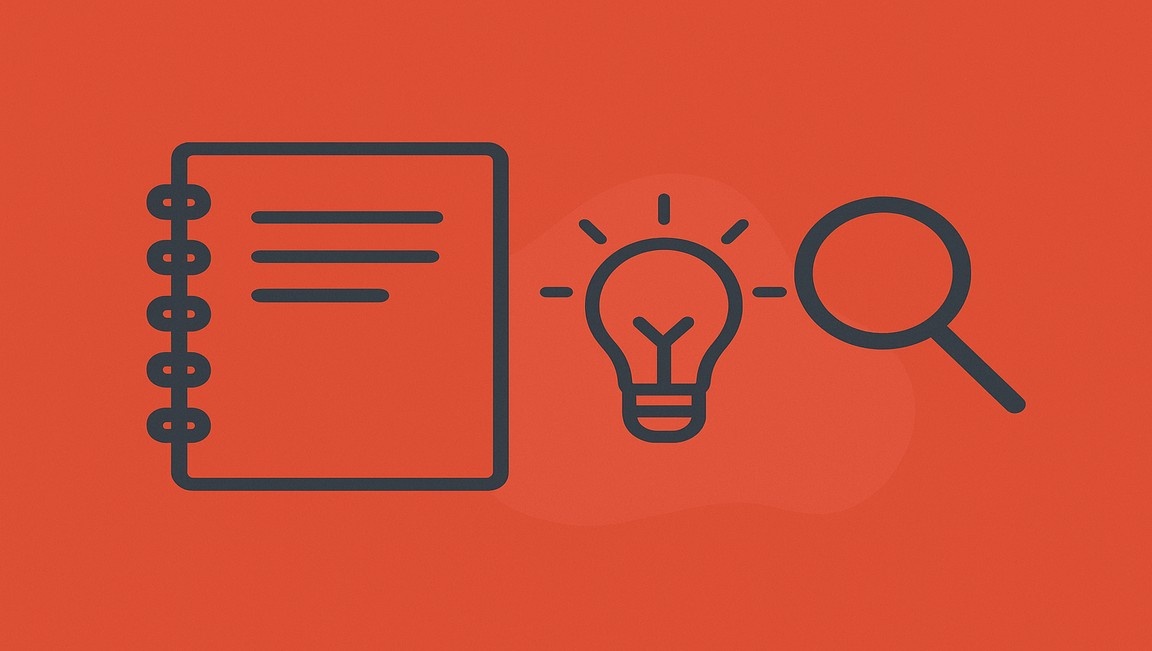Table of content
SHARE THIS ARTICLE
Is this blog hitting the mark?
Contact Us
Table of Contents
- Various types of testing performed on Blockchain applications:
Cryptocurrency, like bitcoin and others, was the topic for discussion in the last few years. The extensive growth in the sector has made this concept so popular, and people started looking for the base idea, and it was “Blockchain”.
Due to immense growth Blockchain, gained the attention of users. Leading organizations of the world have adopted the concept by seeing massive growth in it. A major use of Blockchain is in the financial and investment sector where the security of funds need protection.
The world of information technology has entered into a new era with the foundation of Blockchain, and here we need to understand the skillsets required, for Blockchain App Testing. If you are looking to gain some knowledge about blockchain app testing, this article is worthy.
Before moving into the depth of testing, let’s understand the concept of Blockchain first. It is a data structure that shows its presence at multiple locations at the same time. The system only permits the addition of data and blocks the action of deletion or updates.
Blockchain is a secure system because of its decentralized database, and hence it works on multiple machines simultaneously. Once anyone adds data, it becomes visible at all systems of the network, and the transactions are under cryptographical links with one another.
This fact reduces the chance of fraud, and hence finance sector prefers to use Blockchain technology.
Various types of testing performed on Blockchain applications:
Similar to all other software, blockchain applications also demand to test. As technology is known for security and safety, its quality assurance becomes a mandate.
Hence here we will discuss the various types of blockchain application testing.
- Unit Testing
- Integration Testing
- Usability or User Interface Testing
- API Testing
- Functional Testing
- Performance Testing
Detailed description of types of Blockchain App Testing
- Unit Testing: As the name specifies, here we test codes in smaller sections. During testing, the Tester ensures the functional behavior of each unit in order to maintain stability. Rectification of bugs from unit testing maintains the performance of the end product.
- Integration Testing: After completion of each module of code, their integration takes place. Furthermore, Integration Testing ensures the compatibility of various components like databases and servers. In many cases, bugs come after the merging of codes, hence testing becomes important.
- Usability or User Interface Testing: Blockchain applications should be user friendly. By keeping the comfort of end-users, Testers perform Usability Testing. This phase of testing intends to maintain screen resolutions, text visibility, color coordination, attractive graphics, etc.
- API Testing: Sometimes, blockchain application development involves API (Application Programming Interface). These APIs can be from internal or external sources. The testing team should ensure the accurate response of the used APIs so that the functionality of the application could not get hampered. Smart contracts are the concept used in blockchain technology to validate the response of APIs used in the application.
- Functional Testing: The testing ensures the functional behavior of blockchain applications under various environments. The QA team starts with the requirement document and matches it with the product. They highlight the gap between them and forward it to the development team.
- Performance Testing: How a blockchain application performs under various circumstances? To improvise the performance of an application under various conditions, the team executes performance testing. For example, how an app will respond if its battery is almost exhausted? What will happen if a call comes while using the app? The application should generate an error without internet. All these types of scenarios are checked during performance testing.
Now, let’s understand some of the tools.
Most innovative tools for Blockchain Application Testing: –
Testing always improvises the speed and performance of an application by reducing the bugs and risks. In the same series, we have some powerful tools that are getting use to test Blockchain Application Testing.
- Ethereum Tester: The tool fulfills the need for various environments of testing. Very easy to understand and set-up. Ethereum Tester acts as a Github repo and is an open-source testing library. The tool has acquired its place for testing across the globe.
- BitcoinJ: Bitcoin has gained lots of attractions from the users, and there was a time when people are crazy to buy bitcoins. BitcoinJ is a testing tool developed in Java framework to test the applications of Bitcoin. It offers a realistic BTC network to test the application under various scenarios. There is no need to download the BTC core file from bitcoin.com to use the tool. Their support system is quick, and one can even get it from the user’s forum if he or she has some issues.
- Populus: The testing tool is embedded with the features Ethereum to test contract deployment. Compared to other testing tools, this one is easy to implement and use. Py.test is the framework of Populus.
- Truffle: One of the leading testing tools for blockchain applications that have the power to work beyond a testing tool. Ethereum developers prefer to use Truffle when it comes to testing.
- Embark: Embark is a testing tool having an Integration with Ethereum blockchain along with decentralized platforms. It is also associated with IPFS. To test blockchain applications, QA professionals prefer to use Embark.
Discover More About QA Services
sales@qable.ioDelve deeper into the world of quality assurance (QA) services tailored to your industry needs. Have questions? We're here to listen and provide expert insights


Nishil Patel is the Co-founder of QAble, delivering advanced test automation solutions with a focus on quality and speed. He specializes in modern frameworks like Playwright, Selenium, and Appium, helping teams accelerate testing and ensure flawless application performance.
.svg)














.webp)
.webp)
.png)
.png)











.png)



.png)

.png)

.png)



















.webp)

